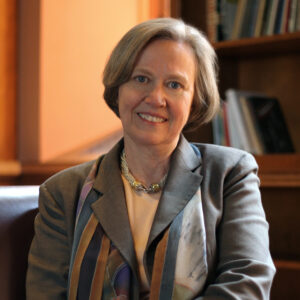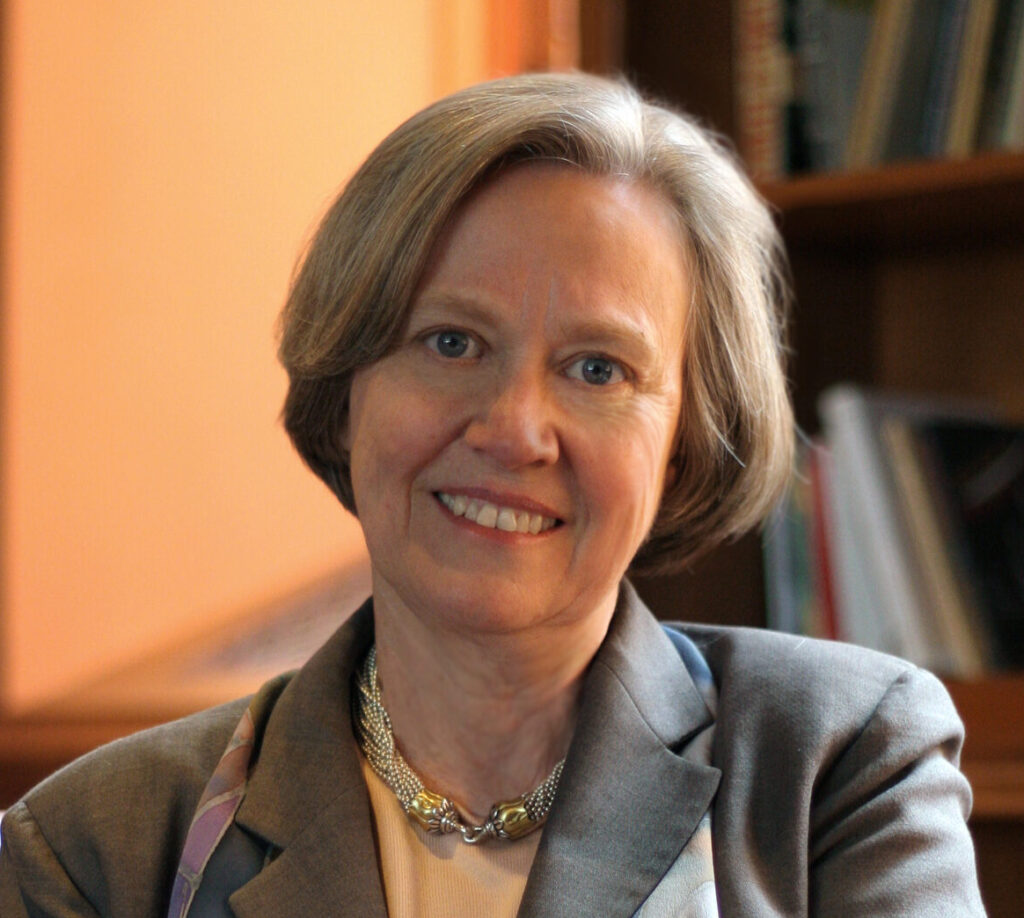
Becoming the president of a world-class university isn’t something that typically happens “by accident,” but that’s exactly how Shirley Tilghman describes it. “I did not intend to be a university president,” Tilghman says. “I probably had the steepest learning curve of any university president ever.”
In 2000, Tilghman was serving as founding director of the Lewis-Sigler Institute for Integrative Genomics at Princeton University. When Princeton’s then-president, Harold Shapiro, announced his departure, Tilghman joined the search committee to ensure that the next president would support the new genomics initiative. “I was going to protect my turf,” she says.
“I was on that committee for about six months. At one point, I left the committee early to teach, and when I came to the next meeting, the chair said, ‘The committee would like you to step down and to become a candidate.’ I thought they were out of their minds,” she recalls. “I think I said to them, ‘I can’t leave you people alone for a minute!’”
Still, Tilghman gave the idea careful consideration. “I decided I had probably done the best science I was going to do by that point,” she recalls. Considering a possible next chapter, she began to get excited about “the opportunity to make an institution that [she] adored—Princeton—better.” In June 2001, she was sworn in as Princeton’s first female president.
Tilghman’s body of research had, indeed, already secured her place in genetics textbooks. In addition, she served as a key advisor to the Human Genome Project, helping to steer the initiative through the capricious winds of government funding and forever transforming the field of genetics. For her outstanding contributions, Tilghman has been awarded the 2022 George W. Beadle Award from the Genetics Society of America, which recognizes individuals who have made outstanding contributions to the community of genetics researchers beyond an exemplary research career.
Genomic imprinting
As a postdoc, Tilghman helped develop a method of cloning mammalian genes. She went on to characterize the mouse beta-globin gene, uncovering a great deal about gene structure and “intervening sequences,” now called introns, that interrupt coding regions. As a faculty member at Princeton in the early 1990s, Tilghman and members of her lab studied a gene called H19, which was very highly expressed in the mouse embryo. The first odd thing they discovered was that the gene contained no open reading frame, indicating it could not encode a protein. “There was no other long noncoding RNA at the time, this was the first,” Tilghman recalls. “At that point, I was given very good advice from many colleagues who said [to] drop it like a hot potato.”
However, tantalized by the high expression levels in the embryo, Tilghman couldn’t let H19 go. Work by Marisa Bartolomei, a postdoc in the lab at the time, showed that H19 was only expressed from the maternal chromosome. “That’s when the floodgates opened,” Tilghman recalls.
H19 was located next to another imprinted gene, IGF2, which was only expressed from the paternal chromosome. This pair of genes provided the first evidence of imprinted gene clusters. Tilghman’s lab produced a number of papers characterizing the promoters and enhancers that lay between the two genes and describing the molecular mechanisms involved in imprinting, including chromatin organization and methylation as a key regulator of expression. Bartolomei, who now heads her own lab at the Perelman School of Medicine at the University of Pennsylvania, recalls that era of rapid discovery. “It was insanely exciting,” she says. “Shirley is definitely one of the more creative people who worked in the imprinting field.”
Human Genome Project and beyond
As one of the founding members of the National Advisory Council of the Human Genome Project, Tilghman helped define the public effort in sequencing the human genome. She advocated for sequencing the genomes of various model organisms in addition to the human genome, a move that conferred two key advantages. First, it allowed for small, incremental victories to maintain high enthusiasm for the project and keep funding flowing over the long timeframe required. Second, it expanded interest in the project and the perception of benefit to a wider range of scientists beyond just the handful studying human genetics. “A genome enthusiast,” she once said, “is a genome critic who just got a hit in their organism’s sequence database.”
Tilghman was influential in setting a precedent for data accessibility, starting with the mouse genome, says Tamara Caspary of Emory University, who was a graduate student in Tilghman’s lab. “It was really important to her that those data be publicly available,” Caspary says. “She very clearly highlighted that it needed to be community-driven, in terms of selecting what strains to be sequenced.” By actively involving the genetics community, Tilghman helped sustain a wide enthusiasm for the genome sequencing efforts that carried the project to its ultimate successes. Similarly, as a trustee of the Jackson Laboratory, she strongly supported establishing the Mouse Genome Informatics database. “It’s tremendous,” Caspary says. “The well just gets deeper with the data you can mine out of that website. She made that data accessible worldwide.”
Tilghman has been equally influential on the personal side of science, advocating for reform in the biomedical research pipeline. As ever-increasing numbers of trainees vie for limited resources, it becomes harder for science students and postdocs to envision a viable path to a research career. Tilghman has worked to address what she sees as systemic flaws in the process, including perverse incentives in research funding, problems with the peer review system and obstacles to new investigators obtaining federal grants.
Through all these accomplishments, Tilghman has served as an important role model for a generation of women in science. “She was incredibly fearless in going from one thing to another,” Bartolomei says. “She led by example. The key is that not only is she smart, she’s creative, she gives great talks—she’s the complete package. She taught me how to be a woman in science.”
The George W. Beadle Award honors individuals who have made outstanding contributions to the community of genetics researchers. GSA established the award in 1999 in honor of an outstanding scientist and a respected academic, administrator, and public servant—George W. Beadle (1903-1989).































